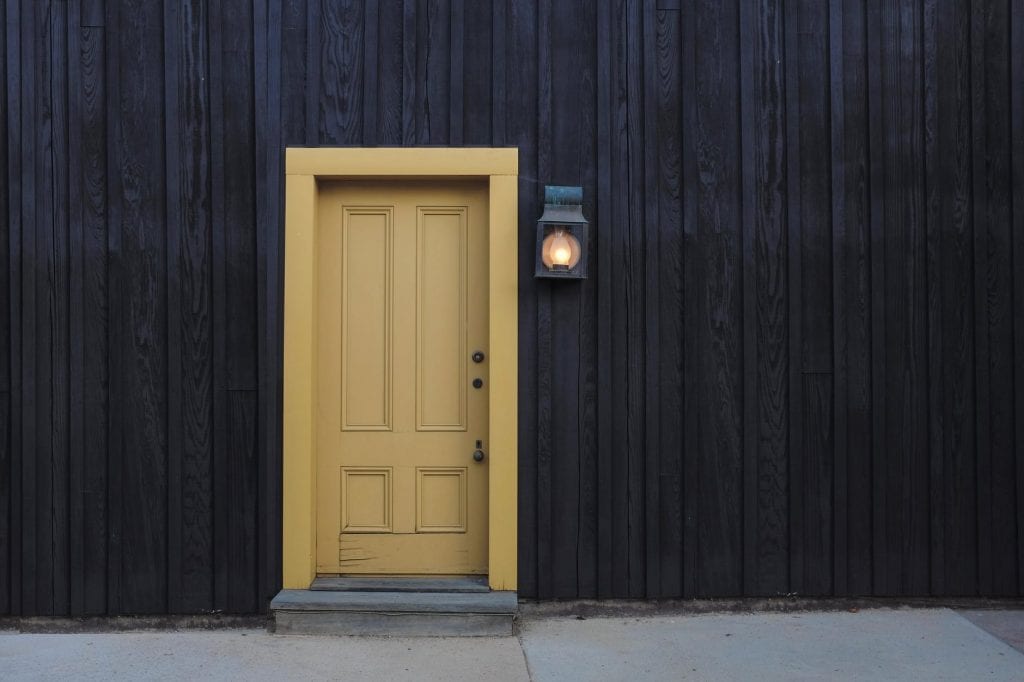

By Lance McCarthy
I have decided to bravely serve as tour guide to the home. Each month I dedicate one of my columns to illuminating some part of the house that most people might not know much about.
This week’s topic is door hardware. I know–exciting!
But this is the time of year that a lot of old doors start sticking, so you may be thinking about your door more than usual
Parts:
- Handle– This can either be a knob or a lever. Levers are pretty popular because they look good, and are easier for kids and elderly to open without having to grip something
- Hinge– I think we all know what a hinge is
- Latch or latch bolt- This is the part of the latch that moves to keep the door closed or open.
- Bumper- What keeps the door from denting the wall. The ones that attach to the floor or the wall are best, but you can use one that attaches to the hinge if you want.
- Types of locks- You can get various options. The most secure is the keyed lock. Ones used on bathrooms and bedrooms just use some sort of button to lock. These are called “privacy”. Ones for closets and pantries with no locking are called “passage”.
Tips:
- Ya got a screw loose? If one of the hinge screws is no longer biting into anything, try putting some wood glue on a matchstick and breaking it off in the screw hole, then re-screwing it. Should hold a lot better.
- Sticking? This can be caused by a lot of different things. The hinges might not be holding the door well, causing it to sag. The door and frame could be expanding or contracting due to humidity, or the house frame could be shifting due to the ground around the house. If it is seasonal, it is probably one of the second two.
- Not latching? This is usually easily solved by adjusting the strike plate a little bit so that it is in the right spot to meet the latch.

